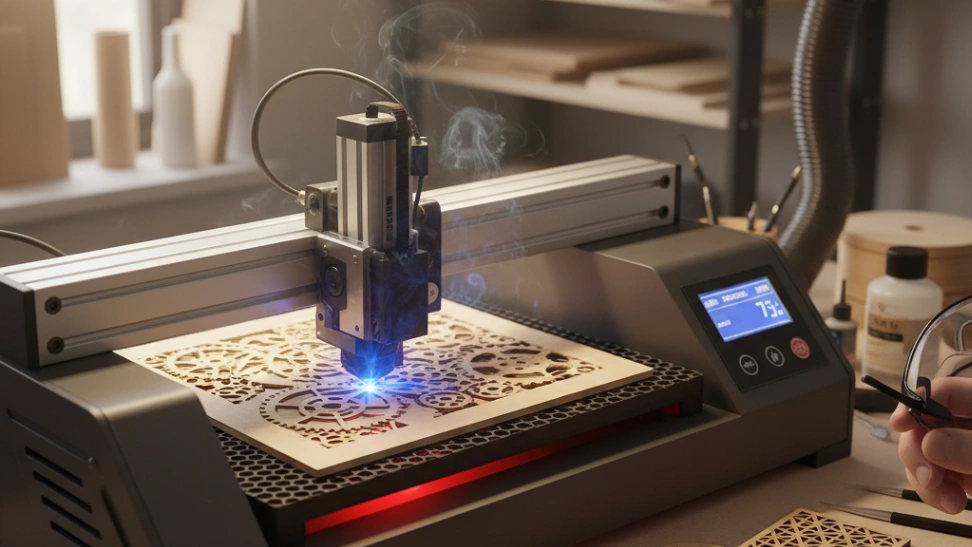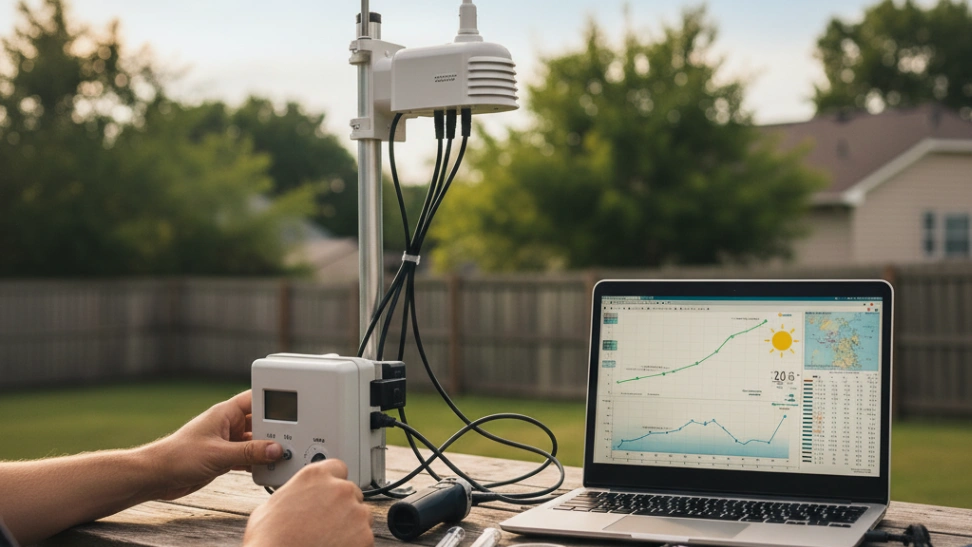Is This Hobby For You?
Ideal for digitally-minded creators who enjoy precision, design, and transforming various materials into unique objects or functional prototypes.
Why You'll Love It
- High precision and repeatability for intricate designs.
- Versatile for a wide range of materials and projects.
- Merges digital creativity with tangible physical output.
Good to Know Before You Start
- High initial investment in equipment.
- Requires significant safety precautions due to lasers and fumes.
- Steep learning curve for advanced software and material settings.
Hobby Traits
How the community rates this hobby.
Getting Started: The Essentials
The basic requirements to begin your journey with Laser Cutting & Engraving.
Startup Cost
$3000
Community-voted average
Ongoing Cost
Low
Monthly upkeep estimate
Essential Gear
Laser Cutter/Engraver Machine
The primary equipment, ranging from desktop diode lasers to powerful CO2 or fiber machines, depending on materials and project scale.
Computer with Design Software
Essential for creating vector graphics (e.g., Inkscape, Adobe Illustrator) and operating the laser's control software (e.g., LightBurn).
Ventilation System
Crucial for extracting hazardous fumes and smoke produced during the laser process, often including an exhaust fan and ducting.
Laser Safety Glasses
Eye protection specifically rated for the wavelength of your laser, vital for preventing eye damage from direct or reflected beams.
Various Materials
A selection of materials like plywood, acrylic sheets, leather, and paper for experimentation and project creation.
Learning Curve
Overall Difficulty: Easy
Associated Skills
Skills you can expect to develop while pursuing this hobby.
A Closer Look at the Traits
Relaxing
A calm, low-key pursuit that helps you unwind and de-stress.
Fairly Practical
You learn a useful skill, but the process is also a major part of the enjoyment.
Purely Indoors
Best enjoyed in the comfort of your own home or a dedicated indoor space.
Very Mental
A mentally stimulating activity that challenges your mind, strategy, and focus.
Purely Creative
A highly creative and expressive outlet for your imagination and artistic side.
Very Solo
A deeply personal and solitary activity, perfect for quiet time and introspection.
Frequently Asked Questions
Hobby Traits
How the community rates this hobby.



